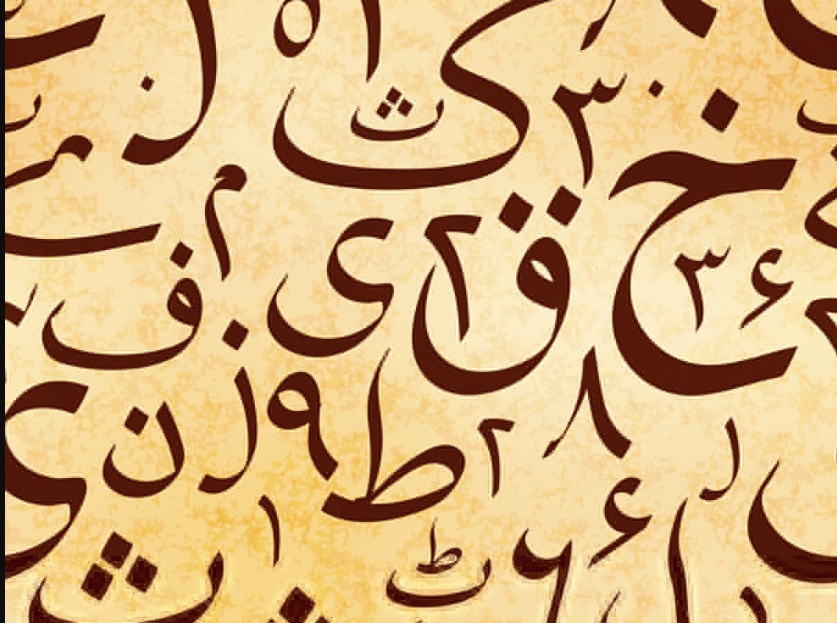Discover the Beauty of Urdu In Page: An Insightful Blog Article

Have you ever heard of Urdu? It’s a beautiful language spoken by millions around the world, known for its poetic and romantic nature. But did you know that there are different types of Urdu? Or that it has a rich history dating back centuries? In this blog post, we’ll take an insightful look into the beauty and importance of Urdu in page. From its various forms to its impact on culture and society, prepare to discover all that this enchanting language has to offer!
What is Urdu?
Urdu is a language that originated in the Indian subcontinent and is now spoken by over 100 million people worldwide. The language itself has a unique blend of vocabulary and grammar from Arabic, Persian, Turkish and Hindi.
The written form of Urdu uses an alphabet derived from the Persian script known as Nastaliq. This makes it visually distinct from other languages like Hindi which use Devanagari script.
One notable feature of the Urdu language is its poetic nature. In fact, poetry has played an essential role in shaping Urdu literature for centuries. Its expressive style makes it ideal for romantic or emotional expressions.
Despite being primarily associated with South Asian culture, Urdu speakers can be found all over the world. Whether you’re interested in learning more about this beautiful language or simply curious to understand its impact on society at large, there’s something special about discovering all that Urdu has to offer!
The Different Types of Urdu
Urdu is a language that has evolved over time and has many different variations. The different types of Urdu can be classified into three main categories: Classical Urdu, Modern Standard Urdu, and colloquial or regional dialects.
Classical Urdu, also known as Rekhta, was the language used by poets and writers in the 18th and 19th centuries. It features a lot of Persian vocabulary and grammar structures. This type of Urdu is still studied today for its literary value.
Modern Standard Urdu (MSU) is the official language of Pakistan and one of India’s official languages. It is based on the Delhi dialect but features elements from other dialects as well. MSU uses more Hindi loanwords than classical or poetic forms.
Colloquial or regional dialects refer to various versions spoken across South Asia with differences in pronunciation, vocabulary, syntax etcetera in each region like Punjabi-speaking areas have their own version called Pahari-Pothwari-Urdu while speakers from Hyderabad Deccan speak Dakhini which incorporates Marathi words.
Learning about these different types can help you appreciate the rich history and development of this beautiful language!
The History of Urdu
Urdu is a language with an interesting history that spans over centuries. It evolved from various ancient languages like Sanskrit, Persian, and Arabic. Its roots can be traced back to the Mughal Empire in India where it was used as a language of communication between different communities.
During the British colonial period in India, Urdu became more widespread due to its use by the British administration. Many newspapers and books were published in Urdu during this time.
After independence, Urdu became the official language of Pakistan and is still widely spoken there today. It has also spread across many other countries such as India, Bangladesh, Afghanistan and parts of Iran.
Urdu has had a significant impact on literature and poetry throughout history. Famous poets such as Mirza Ghalib, Faiz Ahmed Faiz and Allama Iqbal wrote their masterpieces in Urdu which are still celebrated today.
The history of Urdu tells us about its rich cultural heritage that has been passed down through generations. The language continues to thrive despite many challenges faced along the way.
The importance of Urdu in Page
Urdu is not just a language, it’s an integral part of the cultural heritage of South Asia. It has been around for centuries and has evolved with time, becoming more beautiful and refined. Urdu in page is a richly expressive language that can convey complex concepts and emotions through its poetic verse.
Urdu holds immense importance in literature, film, music and art across the globe. It adds depth to everything it touches – be it poetry or prose. For instance, there are numerous literary works written in Urdu that have won worldwide acclaim such as Ghalib’s ghazals which are still recited by millions around the world.
Moreover, Urdu plays a vital role in connecting people from different backgrounds and ethnicities. People who speak different languages can always communicate easily using Urdu as a common ground.
In recent years, there has been a growing interest in learning Urdu due to its unique appeal among learners worldwide. Many universities now offer courses on this magnificent language making it easy for anyone to learn about its rich history, and grammar rules or even practice speaking it fluently.
The significance of Urdu cannot be overstated; Its intricacies make up an important component of our global culture today. Read more…
Conclusion
Urdu is a beautiful language that has been spoken for centuries and continues to thrive today. From its rich history and diverse types to its importance in literature, media, and culture, Urdu has much to offer those who take the time to discover it.
With the rise of technology and increasing globalization, there are more opportunities than ever before to learn urdu in page and connect with others who share an interest in this fascinating language.
Whether you’re interested in studying abroad or simply exploring new cultures from home, discovering the beauty of Urdu is an experience that will enrich your life in countless ways. So why not start today? Dive into this remarkable language by immersing yourself in authentic texts, listening to native speakers, or taking classes online – whatever works best for you!




